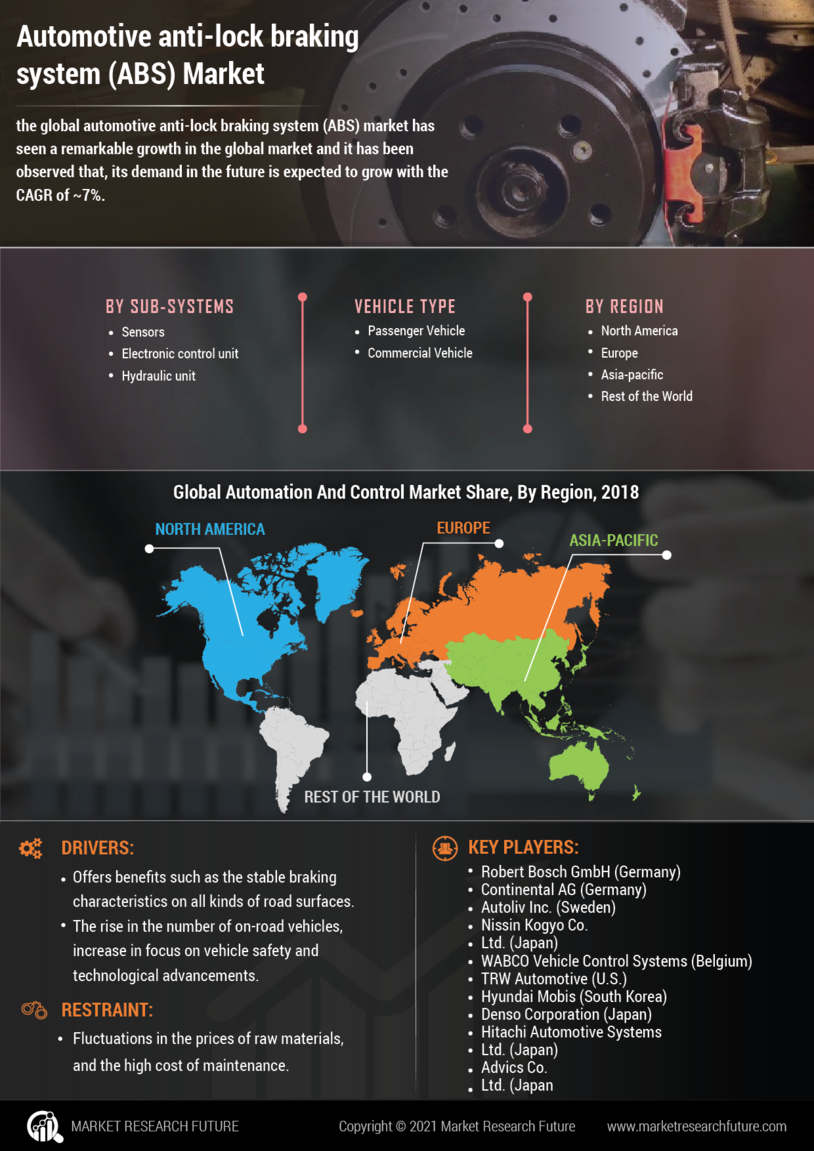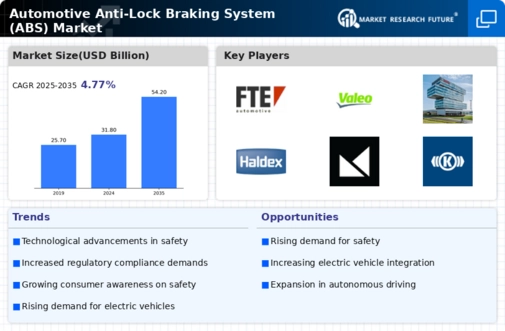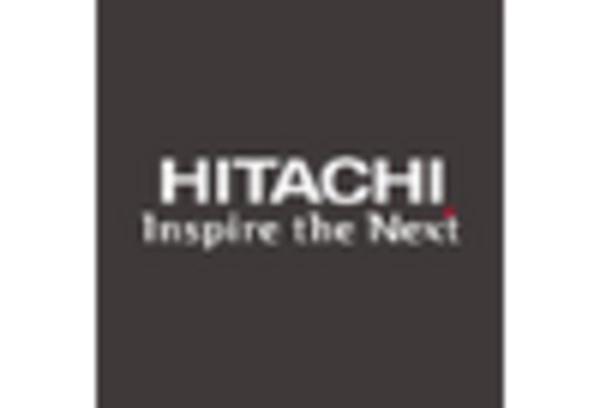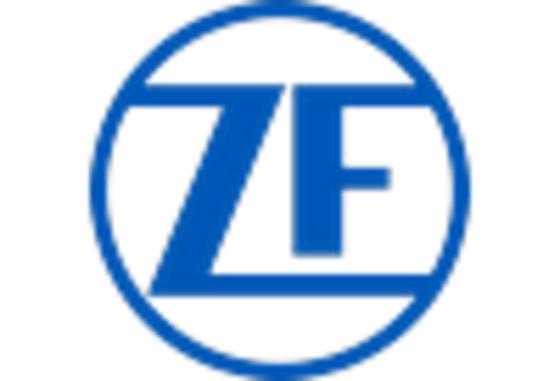Growth of the Automotive Industry
The Automotive Anti-Lock Braking System (ABS) Market is poised for growth, driven by the overall expansion of the automotive industry. As vehicle production increases, the demand for ABS is expected to rise correspondingly. The automotive sector is witnessing a resurgence, with new vehicle models being introduced that prioritize safety and performance. In 2025, the market for ABS is projected to benefit from this growth, as manufacturers look to enhance their vehicles with advanced braking systems. The increasing production of electric and hybrid vehicles, which often come equipped with ABS, further supports this trend, indicating a robust future for the ABS market.
Increasing Vehicle Safety Regulations
The Automotive Anti-Lock Braking System (ABS) Market is experiencing a surge in demand due to stringent vehicle safety regulations imposed by various governments. These regulations mandate the inclusion of advanced safety features in vehicles, including ABS, to enhance overall road safety. As a result, manufacturers are compelled to integrate ABS into their vehicle designs to comply with these regulations. The market for ABS is projected to grow as more countries adopt similar safety standards, thereby increasing the number of vehicles equipped with this technology. In 2025, it is estimated that the ABS market will witness a significant uptick, driven by the need for compliance with safety regulations, which could potentially lead to a reduction in road accidents and fatalities.
Emergence of Electric and Hybrid Vehicles
The rise of electric and hybrid vehicles is significantly influencing the Automotive Anti-Lock Braking System (ABS) Market. These vehicles often incorporate advanced braking technologies, including ABS, to enhance safety and performance. As the market for electric and hybrid vehicles expands, the demand for ABS is likely to increase, as manufacturers aim to meet consumer expectations for safety in these new vehicle categories. In 2025, the ABS market is expected to see substantial growth, driven by the integration of ABS in electric and hybrid models, which are becoming increasingly popular among environmentally conscious consumers.
Technological Advancements in Automotive Systems
The Automotive Anti-Lock Braking System (ABS) Market is significantly influenced by rapid technological advancements in automotive systems. Innovations such as electronic stability control and integration with advanced driver assistance systems (ADAS) are enhancing the functionality of ABS. These advancements not only improve vehicle safety but also contribute to better vehicle performance. The market is likely to see an increase in demand for ABS as manufacturers adopt these technologies to meet consumer expectations for safer and more efficient vehicles. In 2025, the integration of ABS with smart braking technologies is expected to further propel market growth, as consumers increasingly prioritize safety features in their purchasing decisions.
Rising Consumer Awareness of Vehicle Safety Features
Consumer awareness regarding vehicle safety features is on the rise, significantly impacting the Automotive Anti-Lock Braking System (ABS) Market. As consumers become more informed about the benefits of ABS, including its role in preventing wheel lock-up during braking, the demand for vehicles equipped with this technology is expected to increase. This heightened awareness is likely to drive manufacturers to prioritize the inclusion of ABS in their vehicle offerings. In 2025, it is anticipated that the market will continue to expand as consumers increasingly seek out vehicles with advanced safety features, thereby influencing purchasing decisions and shaping market dynamics.



















Leave a Comment